Interview: Marshall Pynkoski And Jeannette Lajeunesse Zingg of Opera Atelier on ORPHEUS AND EURYDICE
Company's founders say Gluck's opera is a piece of living history
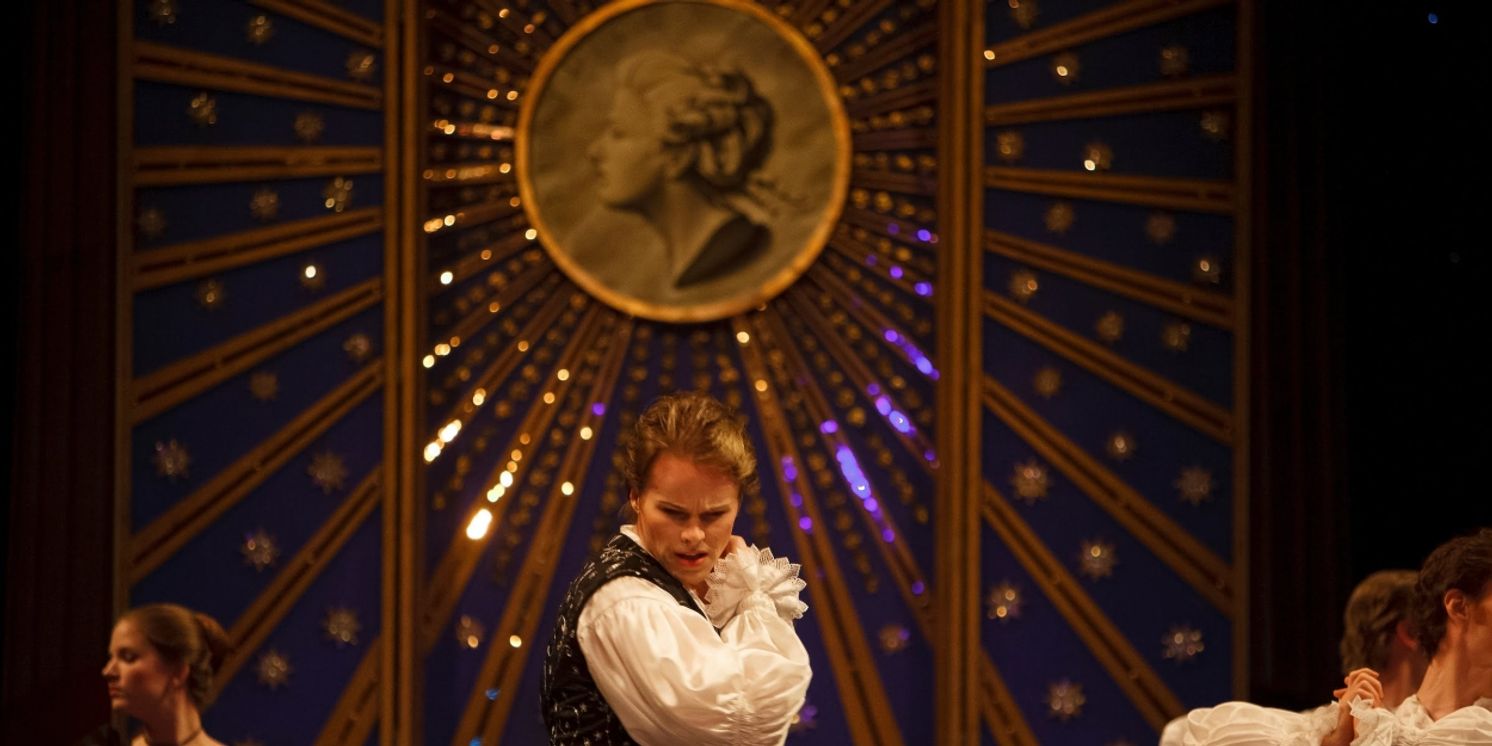

Opera Atelier opens its 2023-2024 season on October 26th at the Elgin Theatre with Christoph Willibald Gluck's ORPHEUS AND EURYDICE, revised for the court of Marie Antoinette in 1774. BroadwayWorld spoke to Opera Atelier's founding co-artistic directors Marshall Pynkoski C.M. and Jeannette Lajeunesse Zingg C.M. about what makes this take on the famous myth so unique, their French connection, how to read a 17th century dance map, and the Atelier debut of a genuine Baroque harp that makes the production a piece of living history.
BWW: What draws you to this opera?
MARSHALL: Well, we will probably have different things, but I think it is one of the most extraordinary operas. Even though it sounds gorgeous and melodic to us now, if you spend your life immersed in Baroque music, like Jeannette and I do for the most part, we're in a position to be able to appreciate how outrageous and cutting edge this was. There was a good reason why it's called his "reform opera"--in terms of music, in terms of its structure, in terms of how the story is told, all of those things for an eighteenth century opera audience were like listening to Stravinsky, and it was a big shock! I think that freshness is still there. I think he was truly feeling something very deeply, and wanted to get past what he thought was extraneous detail and get to the core of emotion in the core of story. And I think he's absolutely successful.
JEANNETTE: We love the French Baroque from the 17th and 18th centuries because they are so integrated. All the arts are integrated; they're what opera was originally meant to be, and this is no exception, even though it doesn't have the formality of the Lully or the Charpentier and that wonderful sort of courtly feeling. But what we adore is that it still has that fabulous integrated dramatic quality where the drama is pushed forward by the music and the dance all the time. Since I'm the choreographer, I love that there's a lot of dancing in this, but it's fully integrated. The dancers are characters in the opera. The music is not different from the rest of the music. We play Orpheus' friends. We play blessed spirits in Elysium. We play Furies in hell and it's all at the service of the drama.
MARSHALL: It's interesting that Gluck was intelligent enough to listen to his advisors when he decided he was going to translate this opera into French and conquer France as well. He had already conquered the rest of Europe. And I do think it's incredible the idea of dancing as an integral part of storytelling, being involved with the principals while they're singing on stage. They actually help tell the story, and it's beautifully real.
JEANNETTE: All of the arts have equal value. The literature, the drama, the singing, the dancing, the orchestral music, everything they said, the scenic design. It really is what opera was meant to be. This is a literary event. It's a design event. It's a dance event/ It's an orchestral event. It's a singing event. It's all of those things, with everything firing at the same level. And that's what he was looking for, and I think he was absolutely successful.
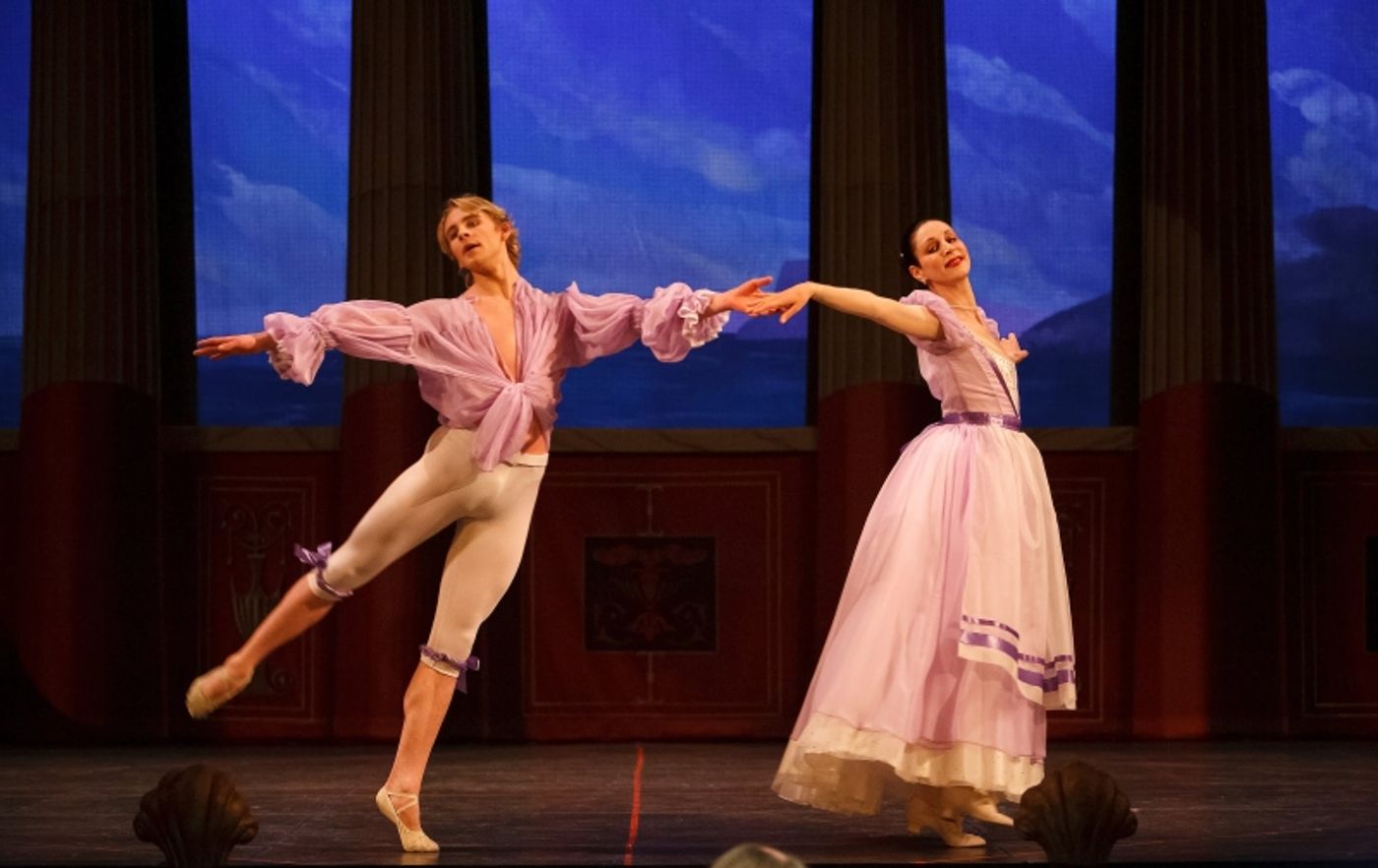
BWW: In musical theater, we think of OKLAHOMA! in 1944 as the first expression of the form that really integrates all of the different disciplines, so it sounds like Gluck has us beat by about 200 years.
MARSHALL: Yeah. When we do our "making of an opera," our educational programming, and we're talking with teenagers and young people, for many of them, they've never been to an opera before. Once we've described it, we've said, look, it has all the same values as the very best Broadway musical. And, yeah, a great Broadway musical. It doesn't matter how wonderful it is. If the singers can't act, no one is going to be willing to say, oh, well, you know, the voice was so great, I just didn't look at the acting. Or if the dancing, the choreography is awful, it Will Close. Everything has to be at the same level. And that is not what opera and ballet are today.
That's not to say the opera and ballet are not extremely exciting. But at times, they do become very, very two-dimensional, where opera is a singing event, and ballet is a dancing event. It's lovely to see those things actually come together, but it has to be done in a masterful way, like in Gluck and Lully and Charpentier.
BWW: So would you say that the three-dimensional aspect of the opera makes it more accessible to a wider audience?
JEANNETTE: Definitely, yes. I think they'll relate very strongly to the characters. It won't be somebody singing something, slightly incomprehensible for half an hour. Of course it is in French, but we have surtitles. And again, I don't want to put other art forms or other art companies down at all. That's not my purpose at all. But I think because the drama moves forward so swiftly and so succinctly, it will be more accessible.
MARSHALL: And also we are dealing with a very universal story of life and death and that desperate need that human beings have to try to understand: Is death the finish? Is that all? Is there something else? Is there some human being anywhere who can actually brave death and come back and give us a sense of hope in terms of how we fit into the universe? That is part of the mythology of every culture of recorded history.
And so I think that this story is in our DNA, and I think it speaks to something even if it's something that people have not thought profoundly about. It is there. They don't think profoundly about it when they're young. They think profoundly when they're middle aged or older, when they become ill, or when they lose someone. It's a story of tremendous bravery and hope. And that's a good thing right now.
JEANNETTE: That's another things that draws us to all of this repertoire. We think the arts should uplift and enlighten. We read the newspaper and sometimes things can look awful; the arts should not be like that. They should lift us up into something more spiritual, more eternal and more profound.
MARSHALL: It's not that we want to stick our heads in the sand. Not in the least. But the arts give us tools to be able to deal with the realities of the world we are in right now. And that to me is what is what Opera Atelier is about, is what Tafelmusik is about, is what we're striving for. We're not trying to step back in time. We're not making believe it's the eighteenth century. None of that.
We are people living right now, dealing with the issues right now, but we believe that there are tools, there are mechanisms, there are ways of living that perhaps we have lost touch with. You can find it frequently in the literature. Sometimes people don't have time for all that reading. You can find it in the painting and sculpture. But how often do we get to Europe and the places where we can see the great collections? It's a real privilege to be able to find it in music and in the theater more accessibly. I think it's speaks to people more easily, more completely.
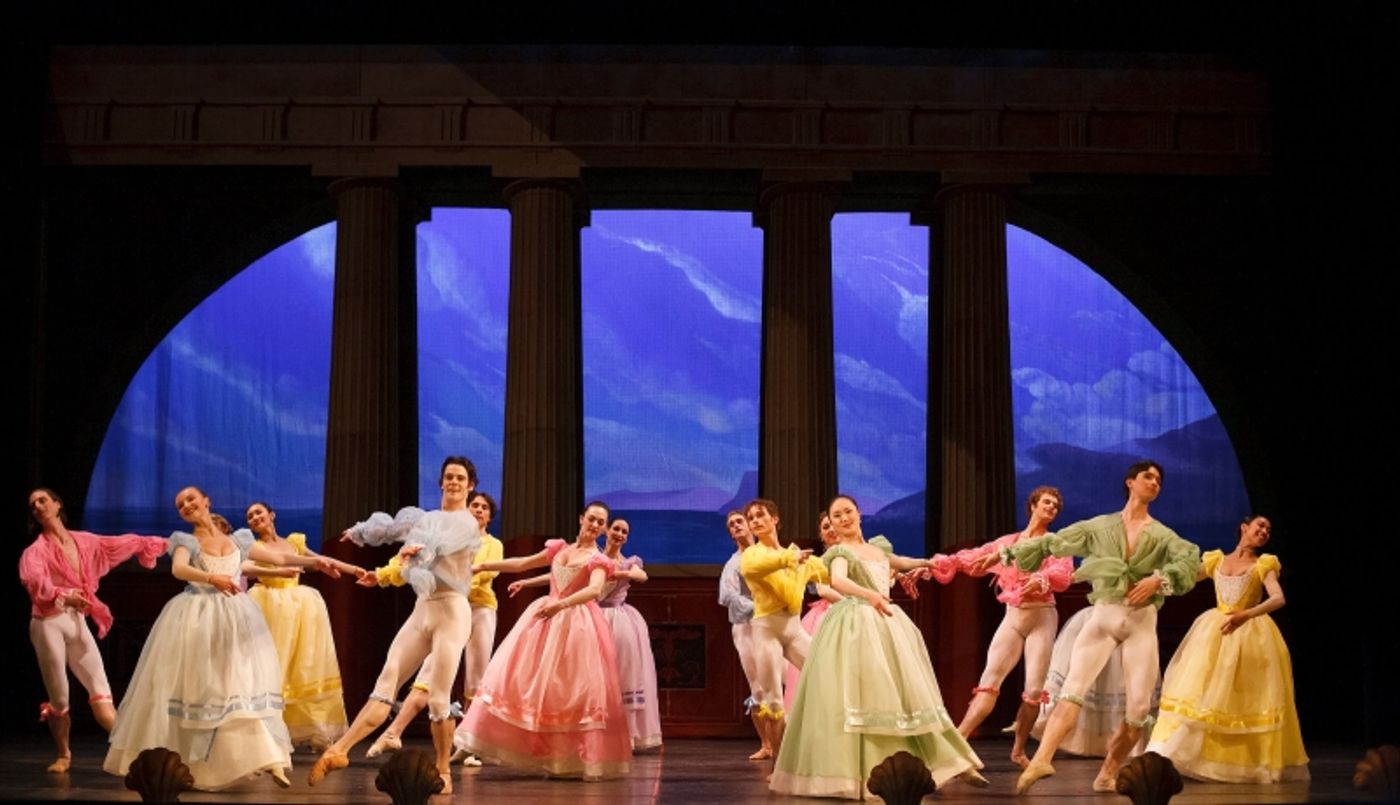
BWW: It's interesting that you're premiering this work this season, when Toronto's just had that big production of HADESTOW, which is a very different look at the same subject. Like you say, it's eternal. It's in our DNA. Gluck was writing about it in the 1700s, and we're still writing about it, and we're still singing those songs and telling that story.
MARSHALL: Yeah, we were thrilled when we realized that HADESTOWN was going to be playing just before we did. We just thought it was so ideal that that it was out there. I think that this story of hope and bravery is something that is very personal right now and the people are ready to hear and remind ourselves of who we are and who we can be as human beings.
BWW: So why did you choose the reworked French version of the opera?
JEANNETTE: Well, we've done all three. We started with the Italian. Then we went to the French in 2007. Then we did the Berlioz in 2015. And now, partly because Colin Ainsworth is such a magnificent singer absolutely in his prime, we thought this is the time to come back to the Marie Antoinette French version and it's just absolutely in his prime. We thought this is the time to come back to this in the Marie Antoinette French version and give Colin a chance. He premiered in it in 2007 as a very, very young singer. He was great. And now will be even greater.
MARSHALL: I think it's so important that we have a singer in the country with that extraordinary gift. You can probably count on two hands the singers in the world who can sing this. Even some of the recordings of the French version that exist have been transposed. This is stratospheric. It's unbelievable, and you cannot deal with it by screaming through it. This has got to be someone who is comfortable living there. So in that respect, it is really exciting for us as artists, but also for us as Canadians to realize that this extraordinary young man is there and really his talent is in full bloom. It's time to let him have this wonderful opportunity again and share that with Toronto and also his other colleagues who are on stage with him.
Mireille Asselin is one of our favorite sopranos. They've known each other for many, many years. It's the same with our dancers. Some of our dancers have been with us since they were young teenagers when they were just beginning to dance professionally. It's a very close, tightly knit group. We always bring in new people. Just like Tafelmusik, there are always new people coming in, but there is a core group of singers, dancers, players,
Our set designer, Gerard Gauci, came to us directly out of Ontario College of Art and Design. We saw a painting of his on a magazine cover, we tore it off, put it up in the fridge, never thought we would have a chance to meet him, didn't even know who he was, and through an extraordinary set of circumstances did meet him. He's designed for us ever since. And so we've grown together, we changed together. And so there's something very organic about the production as well.
The same thing with our conductor, David Fallis, when we first started producing and we were in the Royal Ontario Museum in the Art Gallery of Ontario. We were just kids. One of the arts councils called us, and said you you don't have a music director. You can't do this. You're dancers. You don't understand. You have to have a conductor, a music director. And so we said, well, all right, we'll get one. I think maybe that put them off a little because it seems a bit flippant. But we went to Tafelmusik. We spoke with Jeanne Lamon. Jeanne said, well, I think David Fallis, who's married to our first bass, Alison Mackay, would be wonderful. I met David, we seemed to be on the same page, he's conducted for us ever since.
JEANNETTE: We have an ebb and flow of people but there's always a solid core, and that makes for a very solid ensemble.
MARSHALL: It allows us to take risks, to experiment, just like last year when we did Act One of Pelleas et Melisande, which is something that we've always said we wanted to do because you can feel the roots of eighteenth century French music in that. We were all in the right place to say, let's do Pelleas, and where will that take us when we move to an entire production? Same thing for Tafelmusik. 30 years ago they wouldn't have dreamed of playing Debussy. They were too busy establishing who they were. But now who they are is firmly established, so that becomes a takeoff point to go anywhere that they want. And we feel the same.
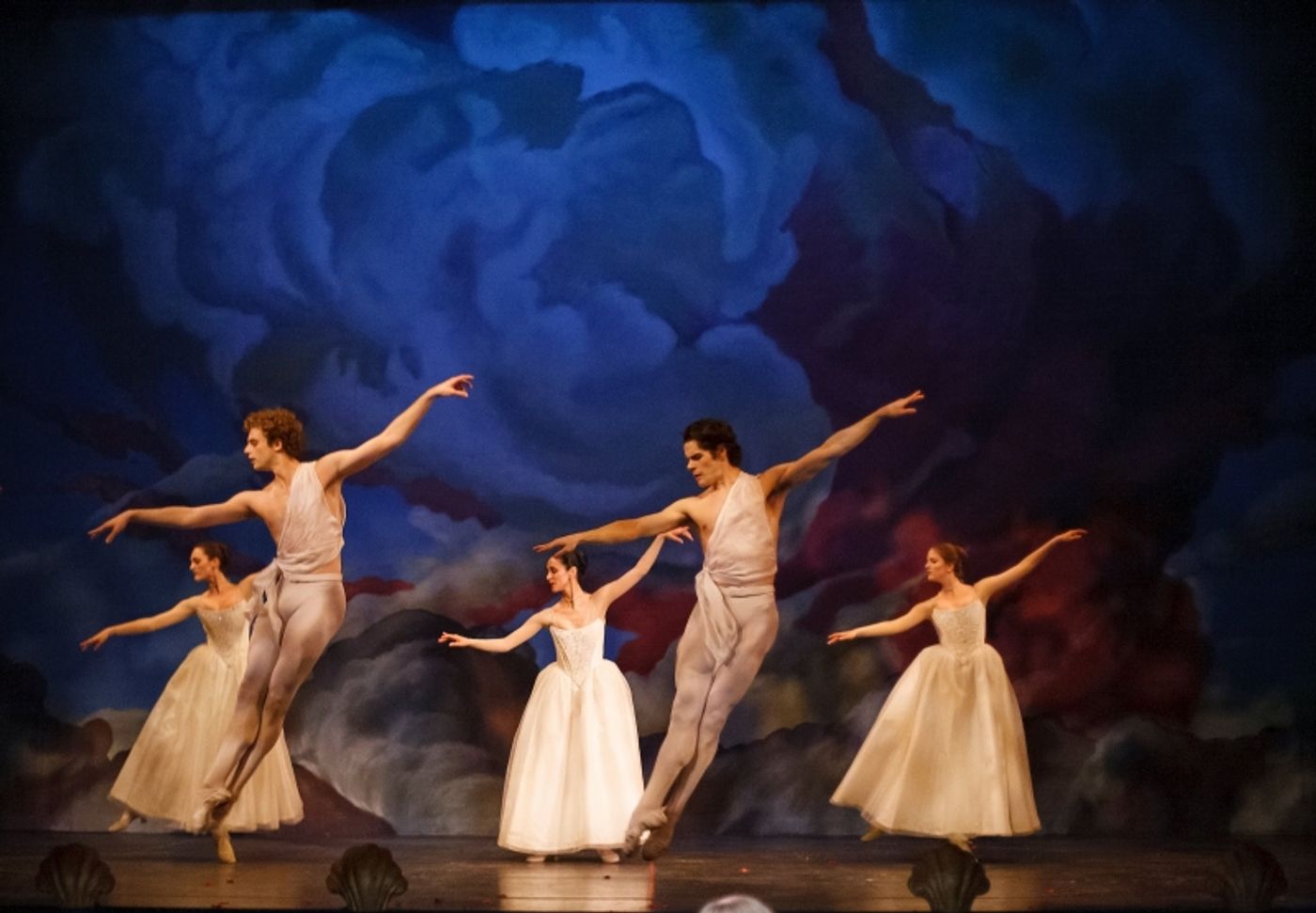
BWW: It's easier to be a risk taker and a revolutionary when you've got that established cast and crew behind you.
MARSHALL: Yes, it's not something that you sit on and rest on. It becomes a launching pad. It's a threshold. It allows you to take that step.
BWW: Well, it sounds like you've got a great cast across the board, especially for the tenor part, which is so high. I know it was originally written for a castrato and it was lowered to tenor.
JEANNETTE: Yes, you're right. In France it was then made for a high tenor. They love their high tenors in France they didn't have the castrati ever. We work in France a great deal and there's still a tradition of very very fine high tenors there, but we're so lucky to have one here.
MARSHALL: It's true. The French never turned their brain around castrati, even though the rest of Europe were on their knees to them and thought they were so wonderful. It's so interesting. They just didn't resonate for the French.
BWW: It's probably good for us now that we have a set of operas that we don't need castrati, which is a lot to ask! Speaking of working with performers in France, I read that you've got a French dancer of Vincent Gerbet who's making his American debut. Why do you enjoy working with him in Versailles and what drew you to using his talents in this production?
JEANNETTE: Well, there are a number of reasons. First of all, we have a great group of dancers in Versailles that we've been working with regularly. We used to bring all of Opera Atelier from 2012 to 2018, and then they started producing their own works and just bringing us in as director and choreographer, and we were able to bring a few dancers but we fleshed it out with some wonderful French dancers. It took us a year to put this little troupe together and we've worked together ever since 2019. They really understand the style that we work in very well by now. One of our dancers in Canada had to drop out because his wife was suddenly expecting their second child and she needed him there. So, we thought instantly of Vincent, and luckily he was free. It was because if we knew he fit in so well with our dancers.
MARSHALL: And it sets a nice precedent. It's always taken for granted we're going to have to go outside of Canada at times to bring in European singers or a American singers, and we thought, why do we allow ourselves that luxury when it seems to be the right thing to do for singers, and we don't do the same thing for dancers? We thought, all right, it's time to take that step. We do have our dancers here who we adore and who really understand us, but if we do need to fill that troupe out, we can turn to France now and bring in some extremely stylish dancers.
JEANNETTE: And we always bring at least two of our dancers to France when we do a show there.
MARSHALL: As soon as we finish this show, we are mounting a new production of Don Giovanni for Versailles. In fact, I leave just before opening night. It's never happened before. Jeannette stays because she is dancing, and then she will meet me 10 days later and the dancers on their side. It's an incredible production. Cristian Lacroix the great couturier, is designing it. He did the last production that we did there as well. So now this is I think our fifth production where we are there specifically acting as director/choreographer but always bringing some of the artists of Atelier with us.
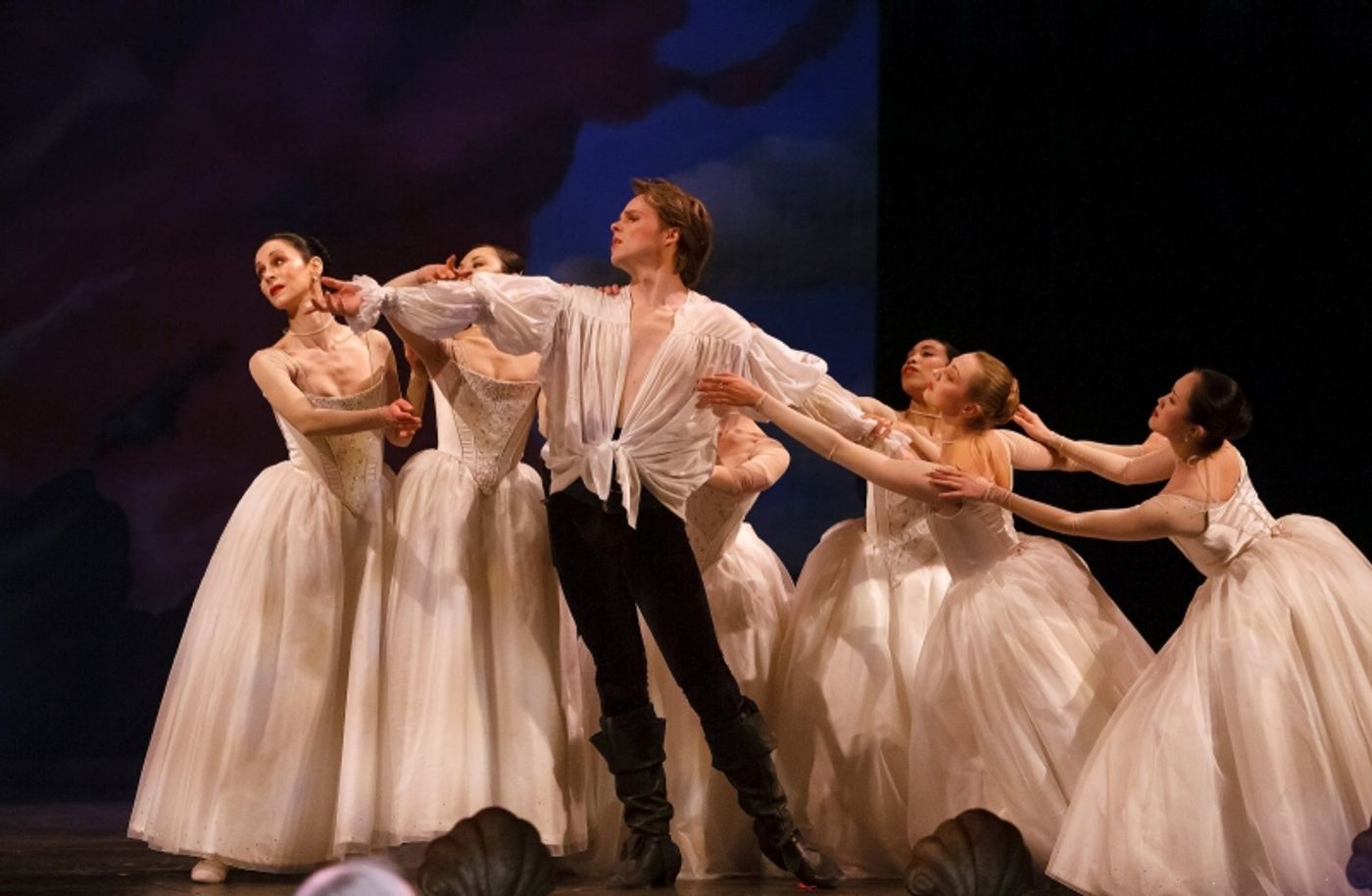
BWW: That's interesting, because there's so much international dance in Toronto, but it's always a complete company coming in from another country and presenting work that they've already created, rather than an individual coming in and working with a Canadian company.
MARSHALL: Yeah, it's very interesting for us. A number of the singers that Versailles loves in particular we've gotten to know over the years. The lovely thing is every production that we are hired to direct and choreograph at Versailles is a brand new production, which is a tremendous tremendous luxury, so we are able to liaise closely with the great French designers in set design and costume design and create something unique.
BWW: So ballet is clearly incredibly important in this show. What inspiration do you draw on for the choreography?
JEANNETTE: Quite a few different sources. Yes, the dance is integrated throughout; there's a great deal of it. The biggest inspiration is Baroque dance. I've read many, many, many pieces of Baroque dance notation and put them together. So I really feel I know what Baroque dancing is. There was a form of notation invented, published in 1700. And there are several books that explain how to read the books from the period in French. They would write down these dances and circulate them so that people could learn them for balls. Louis XIV himself was a really great dancer. So we have all of these pieces of notation that I draw on for the basis of my choreography, but since this piece is a little bit revolutionary, I've also drawn on the earliest ballet.
I've studied a lot of pre-romantic ballet styles, and I really love them. They're influenced by things like the discovery of Pompeii and Herculaneum, the curved lines of the paintings they found there; [Antonio] Canova the sculptor and his paintings of dancers, so it's the Baroque world and the neoclassical world coming together in this opera.
MARSHALL: Your time in Denmark had a big influence.
JEANNETTE: Yes, I studied the Bournonville style in Denmark and even though he became famous in the early-to-mid nineteenth century. He studied in Paris under [Auguste] Vestris in the eighteenth century. So when I look at Bournonville, I know that he's doing things that he learned with Vestrus in the eighteenth century. And, Vestris senior was actually one of the choreographers of the original French version of the Gluck. We're in very close contact with the with those styles.
MARSHALL: I think it's so fascinating when you start looking at styles that are breaking rules. And of course you can't break rules until you know what the rules are. Jeannette has even included a very small amount of pointe work in this piece, because women were beginning to experiment for the very first time with going en pointe with very soft pointe shoes. There's no clear indication of what steps they were using then. It becomes an informed decision: How much pointe work? How are the pointe shoes being used? How long are the women en point?
But again, a very interesting revolutionary idea: pointe work being used to suggest the ephemeral, that a dancer is weightless. The dancer is not really a human being. Seeing point work now, it can be aggressive, it can be hard, it can be sensual, it can be violent. But at the time, it was something that was supposed to bring gasps of amazement that the person suddenly was not touching the floor.
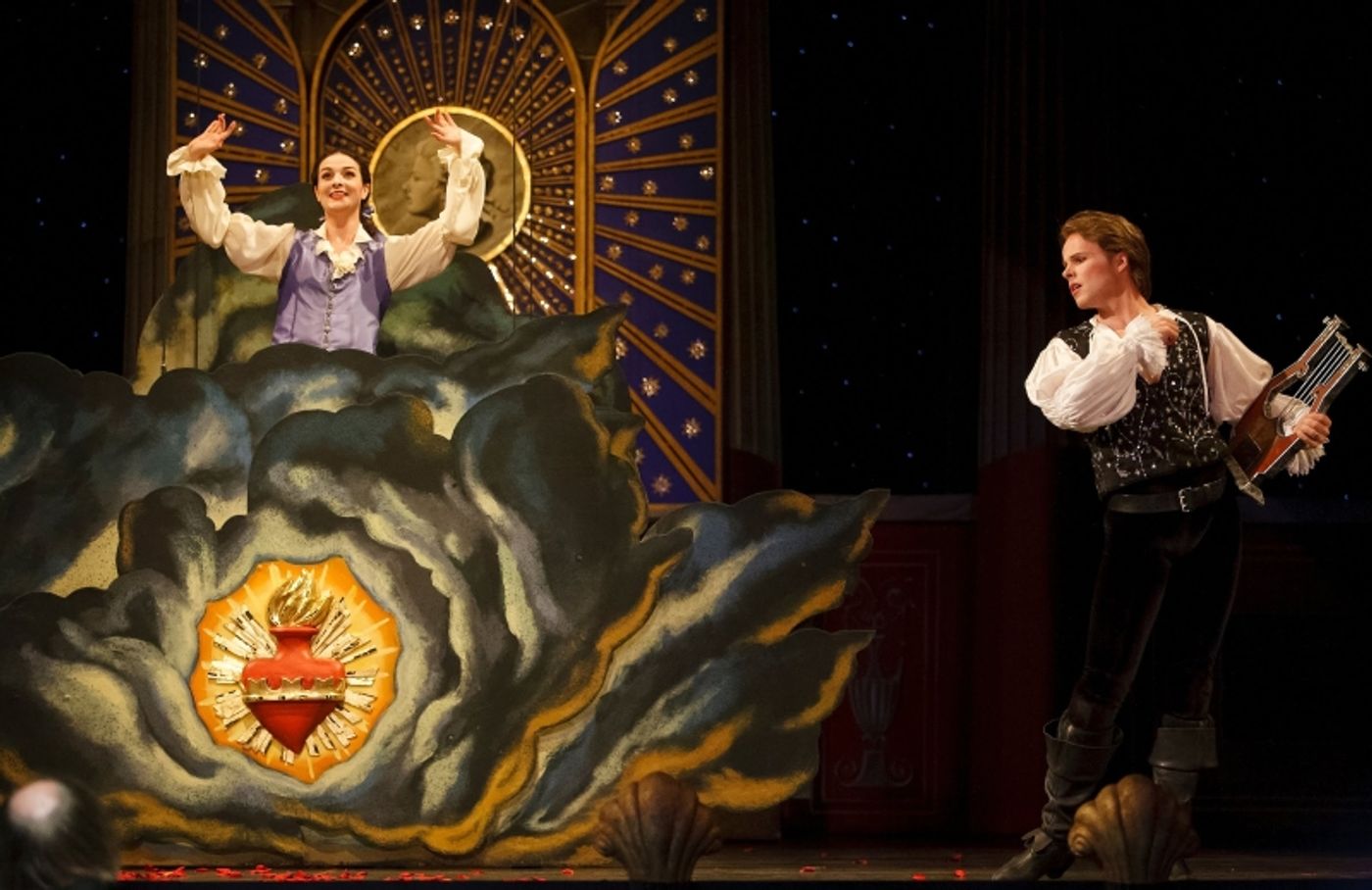
BWW: I still gasp with amazement whenever I see anybody do pointe. It's not something I'm capable of doing. That's fascinating about the Baroque notation, because we're so used to having musical scores from hundreds of years ago, but we see dance as so much more ephemeral. And of course, before there was the ability to record film, I would imagine that so much of it is lost unless it was passed down from choreographer to choreographer. Having that notation seems incredibly valuable.
JEANNETTE: Oh, it is incredibly valuable. They've got the steps. They've got the arm gestures. There are pictures there; the books that explain how to read it are really detailed, with the floor patterns and how it worked with the music. It's really all there and it's fascinating.
MARSHALL: You have to be able to read music to read the notation to put the two things together. But when Jeannette is reading notation when teaching a class, she will be holding a book and turning it as she's moving, and she's reading it like like a map. You're looking at the rotation from bird's eye view, with very elaborate symbols. Now, of course, most dancers film all of their rehearsals. So when I walk into a rehearsal room, the dancers are there with their phones, turning and moving around the room.
JEANNETTE: To an image of themselves, of course, not the notation, but it ends up being the same thing.
MARSHALL: It's the same thing. They are following notation or they're following their own body and with very much the same sort of gesture and movement that Jeannette uses when she has a book of notation in front of her.
BWW: So very much a three-dimensional reading style.
JEANNETTE: Exactly. Absolutely.
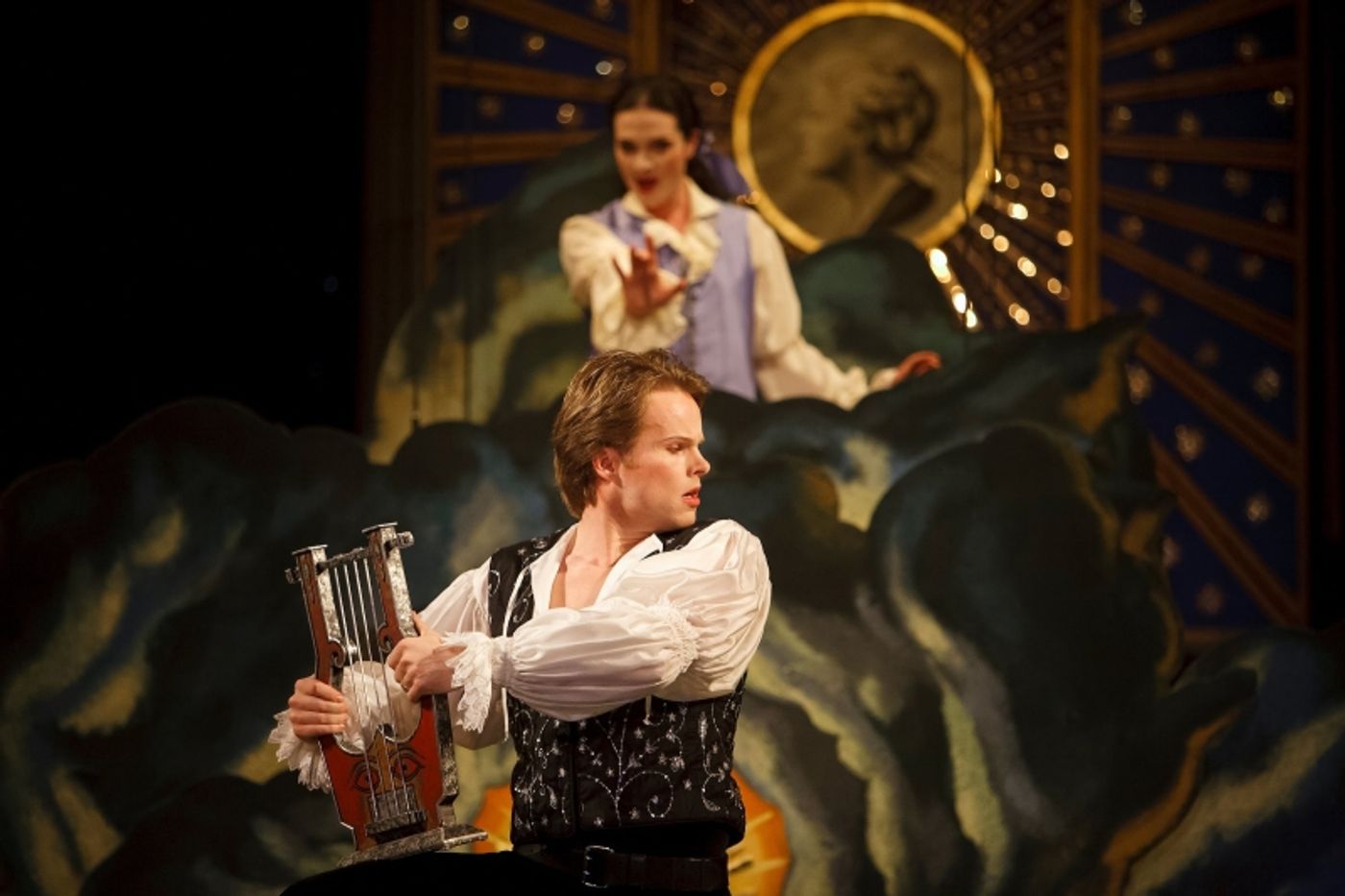
BWW: Musically, I hear that there will be at least one instrument on stage that dates back to the opera's original time period, the harp. Originally, when Gluck used the harp as Orpheus's lyre, this was really an introduction of the instrument to French orchestras. Could you tell us a little bit about the the harp itself and the performer?
MARSHALL: We met [Julia Seager-Scott] and heard her perform on a number of occasions, but I believe that this instrument is something new. It has not been in our pit before and it's a really magnificent piece of exactly the same period as the Gluck. In fact, it is a truly neoclassical design. If you look at it it's very much like the harps that you see in two of the official portraits of Marie Antoinette, because of course that was an instrument that she loved to play, and it does seem incredible that an instrument of that size and that that delicacy is still in such beautiful condition. The painting on it alone, it's the most gorgeous looking thing. It actually has dancers painted onto it that look very much like Canova sculpture. We've heard recordings and it really is incredibly magical. Tomorrow [October 20] she'll be joining the orchestra, so we're all really looking forward to seeing it and to hearing it in this context for the first time.
BWW: Like the sounds of history.
JEANNETTE: Yes, it is magic. Sure.
MARSHALL: Yes, and I think that is a beautiful thing. I think about these scores and about trying to treat the scores with respect. To step back and just let it have its own life. Treat it with respect, it's amazing what ends up asserting itself, and how it speaks to you. And of course, the period instruments are a tremendous asset when we're doing that.
BWW: It sounds like you've got a strong balance of elements from the past and elements that are inspired by the past, but that also connect it with where we are right now.
MARSHALL: We live in the 21st century. There are things we love about the 21st century. There are things that we hate about 21st century, but we're not trying to escape it. That's who we are. And we are interpreting it through that lens. It's impossible not to. Anything else is just like a is like a masquerade.
JEANNETTE: Yeah, we don't want to be quaint.
MARSHALL: Yes, exactly. When we first started Opera Atelier, for example, we experimented with leaving the house lights up, because in the 18th century people left the house lights up. But it became clear very quickly our audience was simply confused. They thought something had gone wrong with the lighting. We're all so well trained, no one is going to get up and wander around and chat with their friends. Our theaters aren't built in such a way. And so on every level, it was the wrong decision. It was an interesting experiment, but you suddenly realized there's no sense asserting that in the twentieth century when you have an audience for whom it makes no sense whatsoever.
BWW: It's also designed specifically for theaters of that era where the boxes were turned so that it was about seeing and being seen rather than seeing what was on stage, although that was a nice bonus.
MARSHALL: People who had a box sometimes went to the opera every evening that it played, so they weren't going to sit still staring rigidly at the stage even if they loved the opera. There's a wonderful short story, Blood of the Walsungs by [Thomas] Mann, where the protagonists are going to the theater to hear Tristan. They know when their favorite aria is going to take place. So they're not in a rush to ride because they want to arrive late. They're really going for the aria and they are able to time their entrance into the box within minutes of that piece of music happening. They stay to listen to it and then they go on. It's so interesting how the theater functioned and we can't recreate that. So it's finding that balance.
BWW: The last thing I wanted to ask is, are there any design elements that you're particularly excited about, from the creator of that picture on your fridge?
MARSHALL: I think Gerard Gauci, our set designer and our art director, is an extraordinary asset and has a very profound knowledge of and loves this period. I don't want to give too much away, but the opening is supposed to be happening in the wood and there's a beautiful, memorial set up for Eurydice. Although we have this gorgeous altar setup that is slightly Grecian, slightly Judeo-Christian looking, at the same time, there's this beautiful trompe l'oeil sculpted profile of Eurydice and of course he's painted a portrait of Mireille Asselin, our soprano. There are things like that I just love.
JEANNETTE: And there's a big surprise at the end that we won't give away.
MARSHALL: When the opera finishes, there is still a ballet included at the end. It turns into a floor show. It's meant to send the audience home thrilled, happy, lightened; again, the sort of thing that you frequently find in musicals now. The big finale is not necessarily what's going to give you information that you don't already have, but we want to send the audience home saying, I want to come back; I've had the most wonderful time. We have the same thing and we just took a step into the 21st century. So we won't give it away, but I hope that you can come. You'll be very surprised.
BWW: Very mysterious, and very exciting!
Photos of Colin Ainsworth, Edward Tracz, Jeannette Lajeunesse Zingg, Jennifer Such, and the cast of Orpheus and Eurydice by Bruce Zinger
Videos

